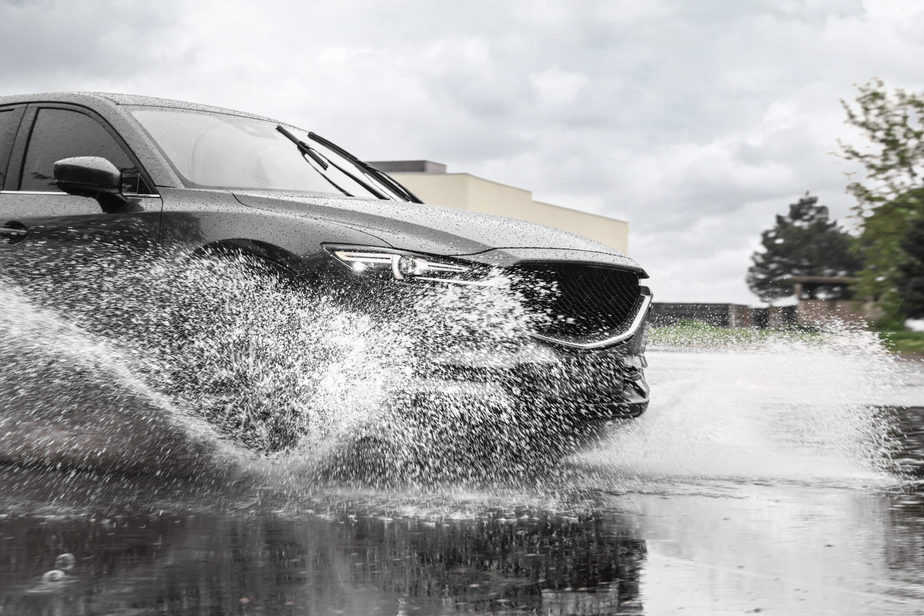Are You Hydroplaning on the Highway?

The answer is YES!
What Hydroplaning Is and How To Stay Safe
IMPORTANT MESSAGE ABOUT DRIVING IN THE RAIN
SLOW DOWN!
If you have been driving for more than one year, there is a very high likelihood that you have driven in the rain and if you have a lot of experience, you didn’t even give two thoughts about how fast you were driving or how quickly you were switching lanes. The wet ground is not something you want to mess with.
Depending on how good your tires are, you only have to drive a minimum of 35 mph before you begin to hydroplane. The best way to explain hydroplaning is to imagine yourself skidding on top of the water as in water skiing, inner tubing or wakeboarding. If you haven’t ever done any of those, think of a slip-and-slide. Water is very slick, especially when you add in all the oils from other vehicles, and no matter who you are, you are hydroplaning on the Highway.
There are a few ways to combat hydroplaning:
- Get your tires checked. If they aren’t satisfactory for wet conditions, get new ones. They may very well save your life one day.
- Slow down. Don’t be in a huge rush. Leave your house a few minutes earlier when it’s raining out. No matter how fast or how slow you drive, the difference in the trip will almost always only be a few minutes.
- Don’t make quick movements. Anytime it’s raining, always be sure to signal early and take your time switching lanes.
- Don’t drive. The list is very short, but not driving when it’s raining out is always the safest option. If you can wait to run errands when it’s not raining, that’s a good option too.
Point S Tire & Auto Service
Locally Owned & Operated
Oregon Locations – Over 200 Stores (25 States Nationwide)
pointstire.com
Facebook: @pointstire
